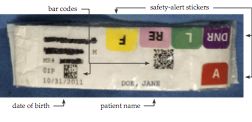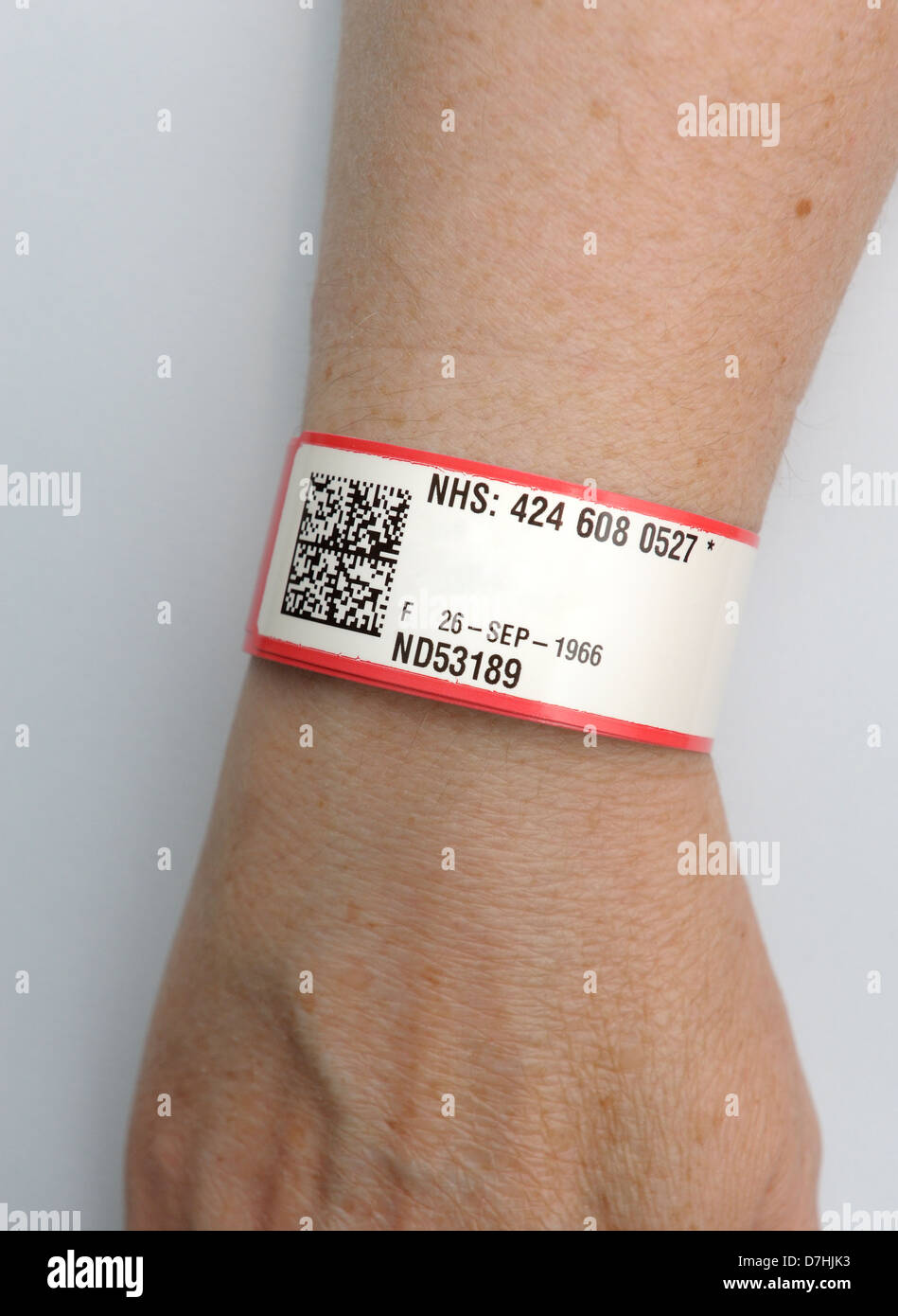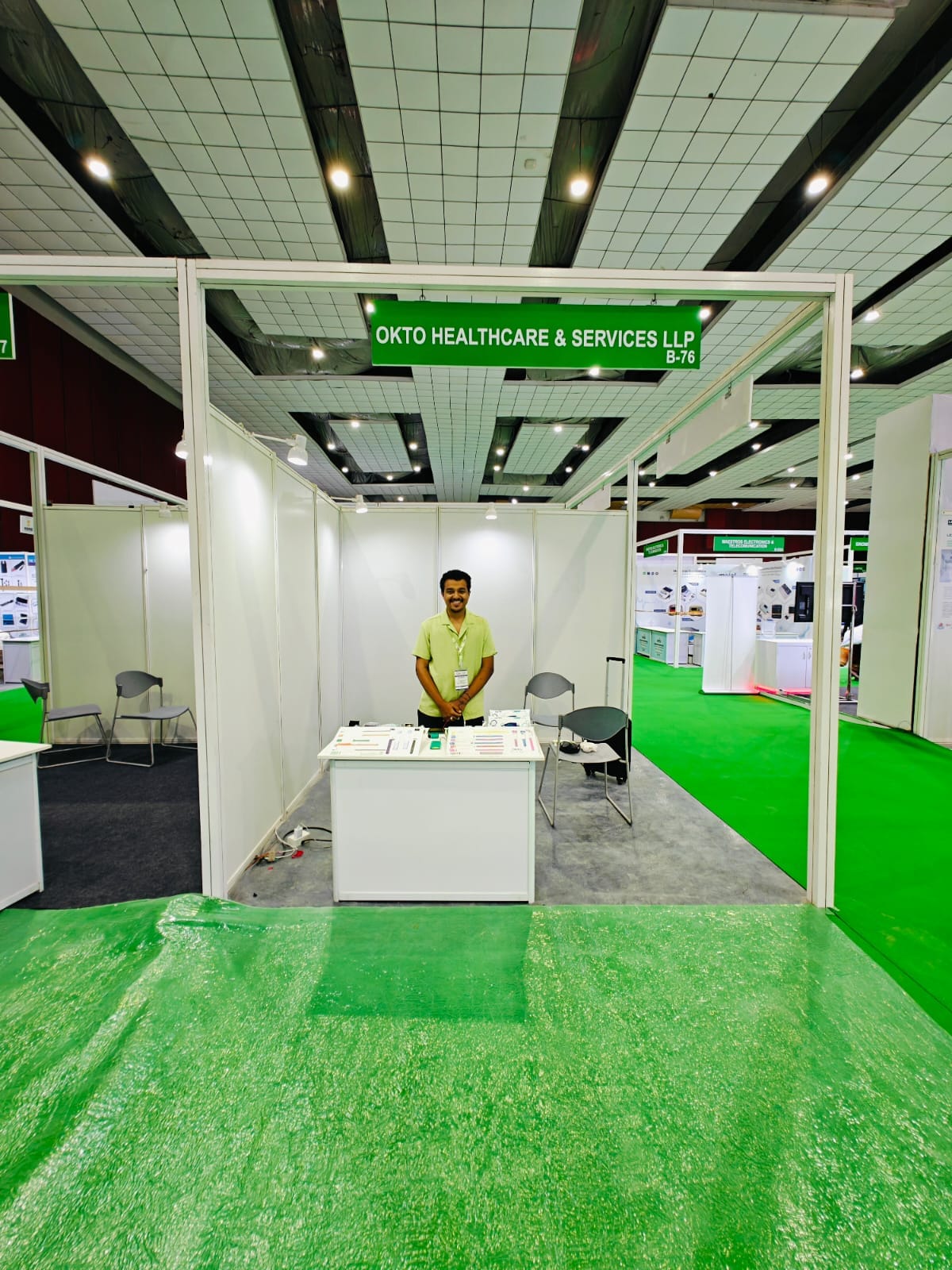Why Medical Facilities Select Patient Identification Band for Efficient Patient Tracking
Why Medical Facilities Select Patient Identification Band for Efficient Patient Tracking
Blog Article
Simplifying Patient Care With Reliable Identification Bands
The implementation of reliable identification bands is a critical component in improving individual care within medical care setups. As the landscape of individual identification develops, one must think about the implications of these systems on general medical care distribution and client outcomes.
Importance of Patient Recognition
Making certain precise patient recognition is crucial in health care setups, as it straight affects the safety and quality of care given. Misidentification can result in significant mistakes, including administering the wrong medication, doing inaccurate treatments, or miscommunicating important person information. Such mistakes not just jeopardize person safety and security however can likewise lead to legal implications and decreased count on health care systems.
Efficient patient recognition is essential to establishing a safe setting where individuals get suitable and tailored care. It assists in the exact documentation of clinical backgrounds, allergic reactions, and treatment plans, ensuring that doctor have accessibility to crucial details at all times. Robust recognition methods help streamline communication amongst medical team, enhancing partnership and reducing the danger of errors.

Kinds of Identification Bands
Identification bands play an essential function in preserving accurate individual records and enhancing safety and security within health care settings. Various types of recognition bands are utilized to cater to the specific requirements and needs of various individual populaces.

One more kind is the ankle joint band, which is specifically valuable for newborns and babies, making certain that recognition remains intact also throughout treatment procedures. Specialty bands, such as those for allergic reaction informs or drop threat indicators, provide additional layers of security by drawing instant focus to vital client problems.
Lately, electronic identification bands have gained popularity, including barcodes or RFID modern technology that can be checked to swiftly recover client data. These bands streamline process and reduce the risk of human error during client recognition procedures.
Advantages of Effective Recognition
Effective recognition of individuals via the use of recognition bands adds considerably to general client security and care top quality. By guaranteeing that each patient is accurately identified, medical care service providers can properly match medical treatments and treatments to the correct person, lessening the risk of errors. This is particularly important in settings with high client turn over, where the capacity for misidentification is better.
In addition, effective identification bands enhance interaction among healthcare teams. Exact and clear patient identification fosters cooperation and ensures that all group participants are conscious of a person's particular demands and case history. This interaction is necessary for providing coordinated care, specifically in emergency scenarios where time is crucial.

Inevitably, reliable identification with the use of recognition bands not just safeguards people however likewise promotes a society of safety and security within healthcare facilities (Patient Identification Band). By focusing on accurate recognition, medical care organizations can improve outcomes and boost the overall individual experience
Executing Recognition Equipments
While the importance important source of individual identification is well acknowledged, the application of durable identification systems postures a facility obstacle for health care organizations. Developing effective identification systems needs a detailed technique, including modern technology, workers training, and process integration.
First, companies should select suitable recognition innovations, such as barcode scanning, RFID, or biometric systems. Patient Identification Band. These technologies ought to be examined based on cost, usability, and compatibility with existing facilities. A pilot program can help recognize potential problems before full-scale application
Following, extensive training for personnel is vital. All personnel need to understand the significance of precise person recognition and be efficient in using the chosen modern technologies. Routine training updates and assessments can reinforce finest techniques and ensure ongoing compliance.
Additionally, health care organizations ought to establish standardized procedures for client identification across all departments, improving and lessening inconsistencies communication. Routine audits can assist determine voids in adherence to these procedures.

Eventually, an efficient execution of identification systems not read the full info here just boosts person security but likewise cultivates a culture of responsibility and persistance within health care setups, making certain consistent and reputable patient treatment.
Future Trends in Person Recognition
Developments in modern technology are set to revolutionize individual recognition techniques in healthcare setups. The assimilation of biometric identification approaches, such as fingerprinting and face recognition, is expected to improve accuracy and safety and security. These innovations can considerably decrease the risk of misidentification, ensuring that clients get the correct therapies and drugs.
Additionally, the implementation of blockchain modern technology for client documents is gaining grip. This decentralized technique can provide a tamper-proof and safe and secure technique for taking care of client identities, thereby enhancing access to vital info throughout various health care providers.
Another pattern is the increasing use mobile health and wellness applications that leverage QR discover this info here codes for person identification. These applications enable real-time updates and easy access to individual data, encouraging medical care specialists to make enlightened choices promptly.
Additionally, expert system (AI) is poised to play a vital duty in examining client recognition data, determining patterns, and forecasting prospective recognition mistakes prior to they occur.
As these modern technologies evolve, they assure not just to improve client security but also to boost the total effectiveness of health care delivery systems. Welcoming these innovations will be crucial for future-proofing individual care methods.
Conclusion
To conclude, reliable recognition bands are essential for enhancing client safety and security and care high quality within health care setups. By minimizing the threats related to misidentification, these bands facilitate prompt and accurate information retrieval, ultimately boosting interaction among doctor. The execution of durable identification systems not only promotes a society of security however likewise positions health care institutions to adapt to future trends in client recognition innovation, guaranteeing ideal end results for clients in varied scientific atmospheres.
As the landscape of person recognition advances, one have to take into consideration the effects of these systems on general health care shipment and person outcomes.Effective individual recognition is basic to developing a safe environment where individuals get appropriate and individualized treatment. Inevitably, focusing on effective client recognition methods not just fosters a society of security yet also adds to improved person end results and general contentment with medical care services.
Reliable recognition of individuals via the use of identification bands adds considerably to total individual safety and security and care quality. The implementation of durable recognition systems not just promotes a society of security but additionally settings healthcare institutions to adjust to future patterns in patient recognition technology, making certain ideal outcomes for clients in varied medical settings.
Report this page